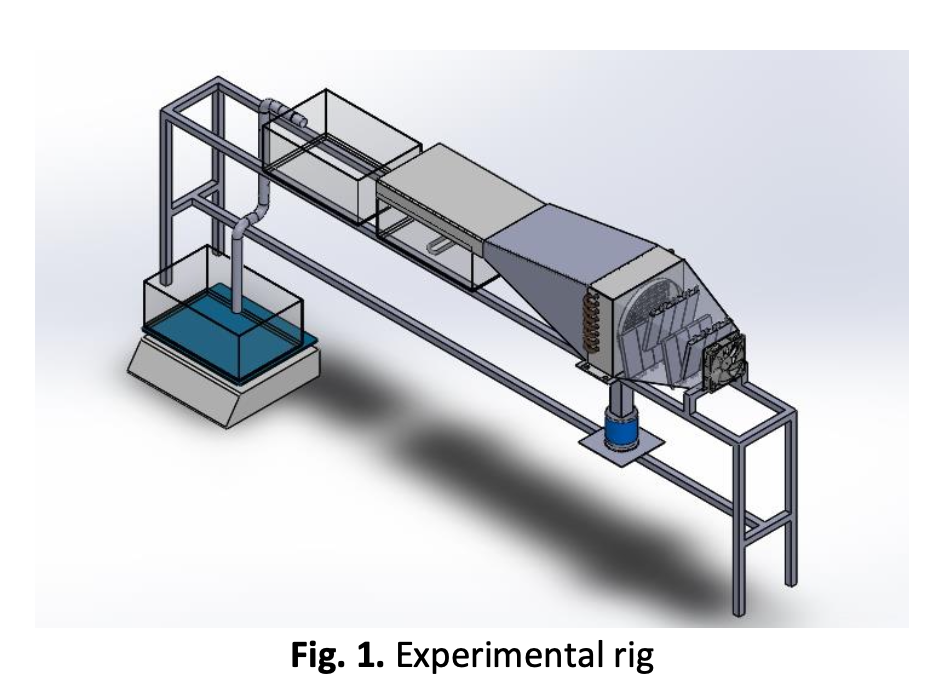The Impact of Wind Speed on the Rate of Water Evaporation in a Desalination Chamber
DOI:
https://doi.org/10.37934/arfmts.106.1.3950Keywords:
Sea water, desalination, evaporation, wind velocityAbstract
Water is very important to human life, and its use is increasing as the population grows. However, sources of fresh water on the earth's surface are limited, as seawater covers most of the earth. Therefore, seawater desalination is a potential solution to water shortages. Desalination is the process of removing salt from seawater to produce fresh water. Desalination is particularly useful approach in Indonesia because two-thirds of this nation’s territory is ocean. Desalination involves two stages: evaporation and condensation. Wind speed affects the rate of evaporation. Thus, this study explores the effect of wind speed on the rate of evaporation. Wind speed was regulated using a fan, and wind speeds of 0 m/s, 0.6 m/s, 2.6 m/s, and 5 m/s were tested; the water temperature was kept constant at 60 ℃. The data were analyzed statistically to determine the effect of wind speed on the evaporation of seawater. The highest rate of evaporation occurred at a wind speed of 5 m/s and the lowest at a wind speed of 0 m/s. The highest amount of condensation occurred at a wind speed of 0.6 m/s and the lowest at a wind speed of 5 m/s.
Downloads
































